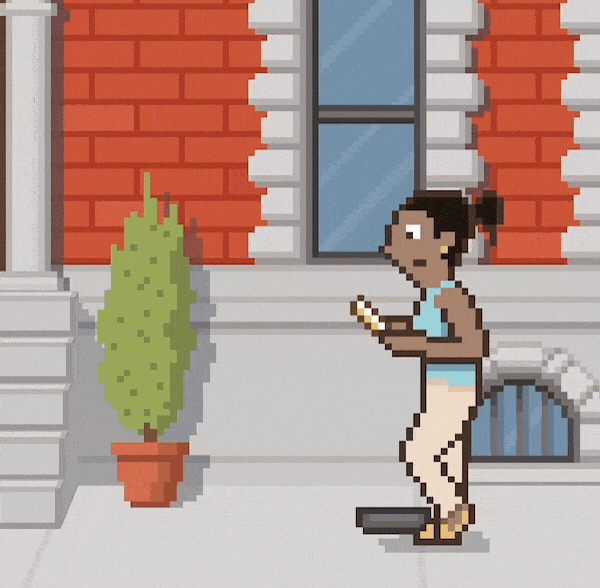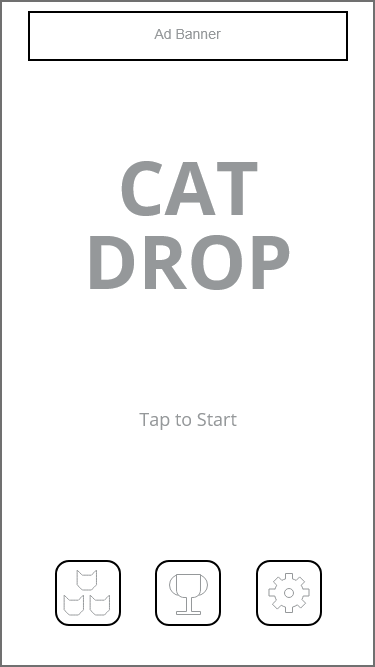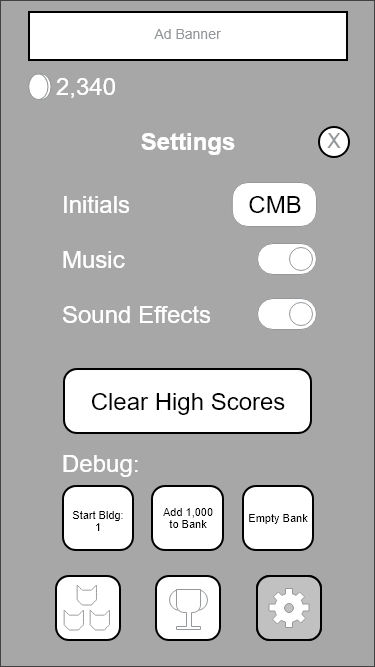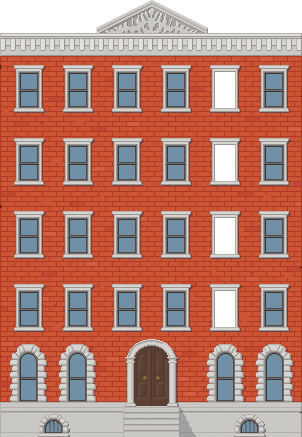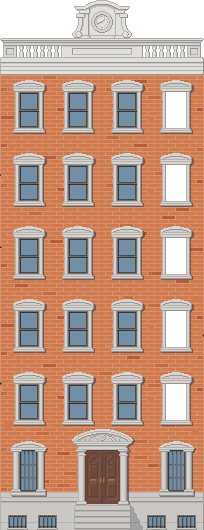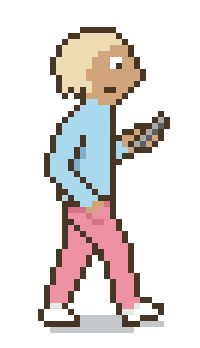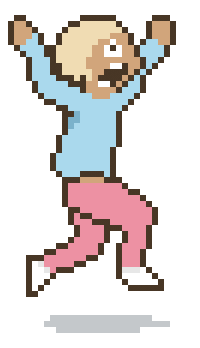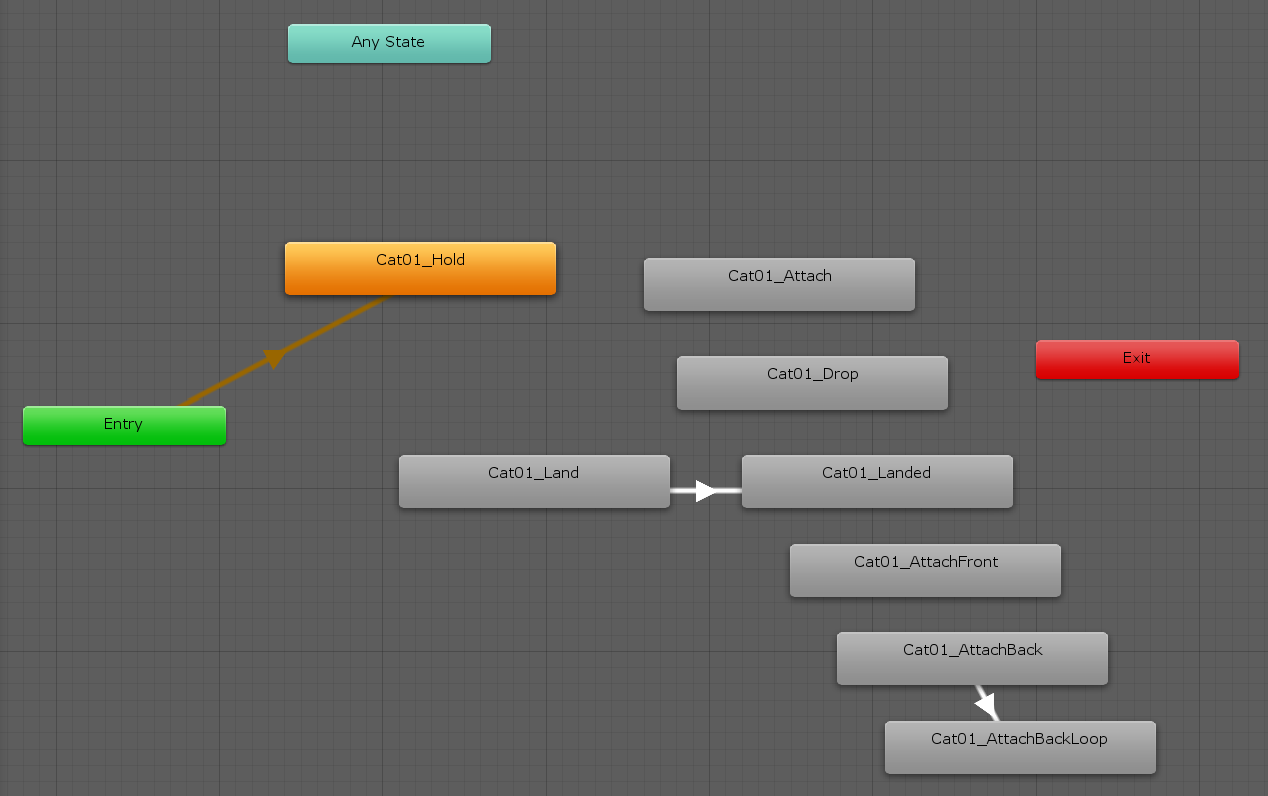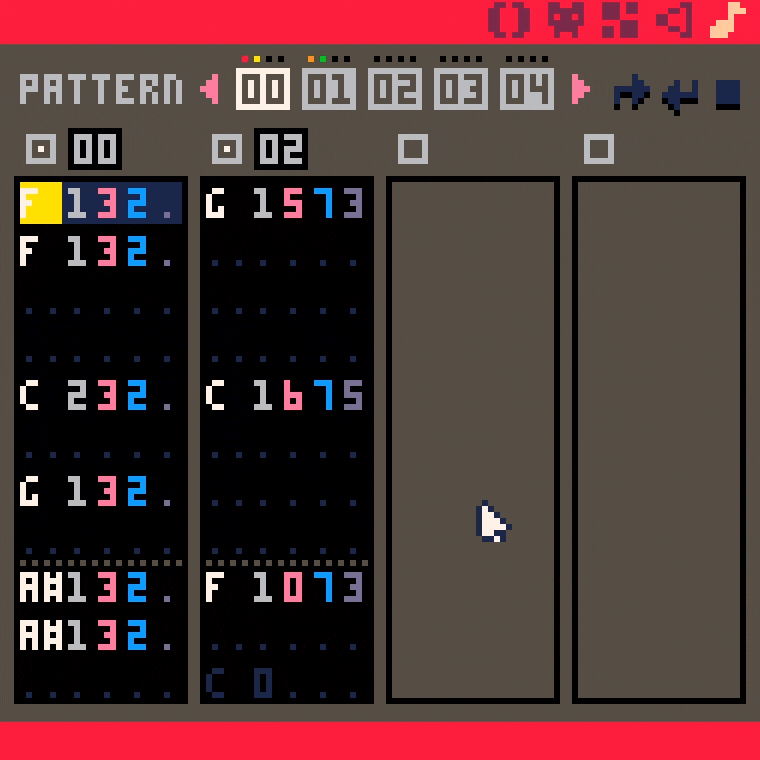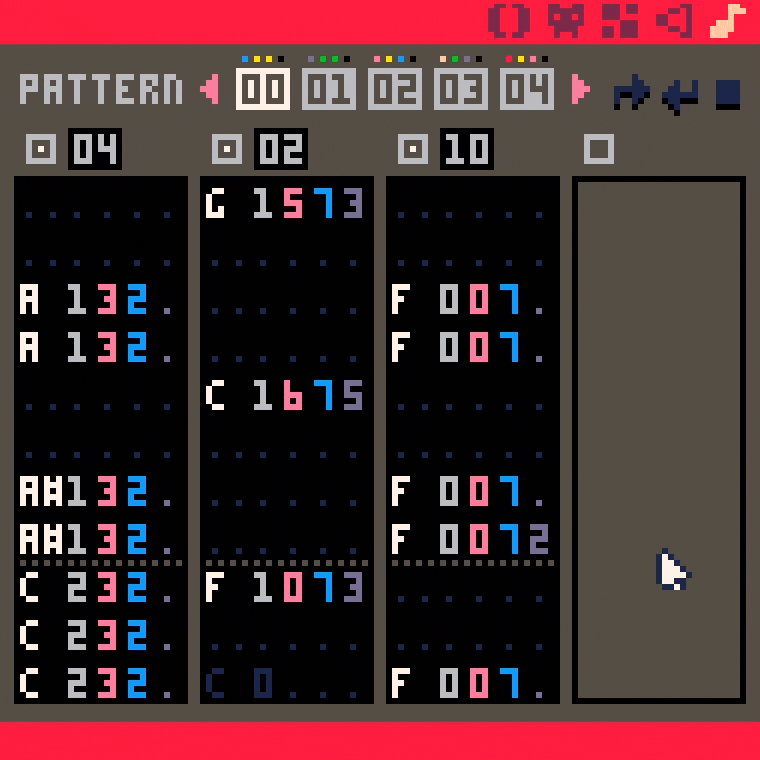Drop Cats
My brother Trevor and I created this casual game for both iOS and Android using Unity. It has been a huge success, with a 5-star rating in both stores (thanks to our family and friends), and literally earning us tens of dollars. But the real reward from making this game was how much I learned, and the simple satisfaction of completing a project.
I took on a lot of roles for this project, including that of developer, UX/UI designer, pixel artist and animator, music composer and sound designer, and marketer. Here’s some of the process for each of those roles.
Role #1: Developer
I had a lot of fun pushing myself to learn C# for this game. My brother, as a professional software engineer, tackled some of the hardest programming problems, but I contributed a surprising amount of code to the finished game.
Since my brother and I were working closely together on coding this game, we knew that proper version control would be critical to ensuring a smooth workflow. We used Sourcetree for this, which worked very well for our needs.
The following is an example of some code I wrote for when the phone is tossed out of a person’s hands. This function is called when a cat collides with a person, which switches the sprite animation from “walking” to “running”. The sprite sheet for the “walking” animation includes the phone in the person’s hand, whereas the “running” animation does not. When a person is hit, a phone object is instantiated with a slightly random velocity and rotation, creating the illusion that the phone that was held in the person’s hand is being tossed to the ground.
Role #2: UX/UI Designer
While the menu system itself isn’t too complicated, the UX and UI design of Drop Cats did present some challenges. Since we wanted Drop Cats to work on as many devices as possible, we had to account for various screens and make sure it worked with different aspect ratios. The solution I came up with was to have a menu system that is consistently anchored to the bottom of the screen, with menus animating up from these bottom navigation buttons.
Also, we knew from the beginning that we wanted this to be a very casual game that didn’t require a tutorial. Since the main interaction within the game is tapping anywhere on the screen to drop a cat, I decided to reinforce this behavior at the very beginning by making the user tap anywhere on the screen to start the game itself. In addition to this, I added a simple tooltip animation for the first run experience, which states once again that the user should tap anywhere on the screen.
Role #3: Pixel Artist and Animator
Ah, animation. Graphics. This is my wheelhouse. And yet, I still had to learn a lot about sprite sheets and the Unity animation workflow in order to successfully pull off this game’s artwork. Also, it had been a while since I had made any pixel art graphics, so it took a little practice to reach a look that I was happy with. For the environment, I tried to match the look of some New York style apartment buildings. With the people, I found that I had to exaggerate the size of their heads a bit to make them fit visually into the world.
The process of making a sprite sheet was fairly comfortable for me, as it’s just frame-by-frame animation laid out in one image.
However, I did have to teach myself a bit about how to import the pixel art correctly, and how to set up the prefabs in Unity with the correct animation properties in order to switch from one animation state to another.
Role #4: Music Composer and Sound Designer
I love music and sound design, and was pretty excited to create all the audio for this game. With the music, I started by playing around on my Microkorg synthesizer.
It didn’t take too long to find a simple and catchy melody that I could use as the main menu music. I recorded the audio straight from the Microkorg, but then later decided that it didn’t quite match the retro visual aesthetic. I eventually landed on using an app called Pico-8 to compose the music, which produced a great 8-bit sound. Although the process of creating the music in Pico-8 is a little difficult, it was worth it.
For the cat meows, I actually found that the easiest way to get the sound I wanted was to record my own voice. I recorded a meow for each note of a major scale, so that I could increase the pitch as you reach higher floors.
The rest of the sound effects, such as button clicks and coin drops, were made in Pico-8. I managed to create simple, melodic sounds with various Pico-8 effects that fit pretty well with the genre.
Role #5: Marketer
Our marketing strategy for this game has been pretty non-existent, but it was still a bit of work to simply create the store pages for both the iOS App Store and Google Play store.


